Unisa Study Aid 2021 PYC2605
| Course – test | Date | % of total | Test on |
| PYC2603(Adulthood & Maturity) | |||
| PYC2603 – Assignment 1 | 21 May 2021 | 25% | Ch1& 2: Basics, physical, sexual |
| PYC2603 – Assignment 2 | 22 June 2021 | 25% | Ch3&4: Cognitive, personality |
| PYC2603 – Assignment 3 | 23 July 2021 | 40% | Ch5,6 7: Aging well, Aging and mental health, death |
| PYC2603 – proof of classwork done | 6 August 2021 | 10% | show you did the classwork online. |
Notes taken from Adult Development and Aging Dap & Anet Louw. You can buy it new for about R500, or second hand on facebook.
Unisa Assignment 1– PYC2603
Assignment 1 is on the first two chapters of the book, and due 21 May.
It covers basic concepts of adult development and physical development and sexuality.
Adulthood is divided into 3 substages because it can be over 50 years long.
- early (20 to 39)
- middle (40 to 59)
- late (60 to death)

Many African societies define ages 50 to 59 as old age because it is the time of reduced productivity and the end of reproduction.
The World health organization also defines Africans over 50 as old because the struggle to survive is such a disadvantage. So people age faster.
2020 Unisa Assignment Questions
Guess first, then study to know the answers
Question 01
Reasons for dividing adulthood into substages include:
- (a) Adulthood may stretch over a period of 50 years or longer.
- (b) It is difficult to accurately define the stage of adulthood.
- (c) There is a gradual ageing of the world population.
- (d) Adulthood brings along continued changes in all areas of development.
The correct answer is:
- (1) (a) & (d)
- (2) (a), (b) & (d)
- (3) (b), (c) & (d)
- (4) All of the above
Question 02
According to the … model that guides development, human behavior results from external forces upon which the individual passively reacts. Development is seen as … and … in nature.
- (1) organismic; discontinuous; qualitative
- (2) interactionist; multidirectional; multidimensional
- (3) mechanistic; organismic; interactionist
- (4) mechanistic; continuous; quantitative
Question 03
Theories that explain ageing as a result of external or environmental factors are known as …. An example of these is …, which states that unpaired electrons cause cellular damage that can result in dementia and heart disease.
- (1) programmed ageing theories; genetic programming theory
- (2) error theories; free radical theory
- (3) programmed ageing theories; cross-linking theory
- (4) error theories; wear and tear theory
Question 04
Most developmental psychology theories of ageing are … based, with the most popular assumption that that ageing occurs at a … level and that … ageing is also more prominent than other forms of ageing.
- (1) psychologically; molecular; emotional
- (2) socially; cultural; social
- (3) biologically; genetic; physical
- (4) cognitively; cellular; cerebral
4 perspectives on age
- Chronological – by year
- Psychological – by ability of the person to adjust and cope as compared to others of the same age
- Social – according to social norms and expectations
- Biological – according to physical wellbeing as compared to others of the same age
Additional concepts
- Functional: The total ability of a person to function
- Personal age: How old you feel
- The ageless self: The self feels like it does not age
Gerontologists divide aging into:
- Primary: typical, gradual ‘normal’ aging
- Secondary: due to disease, stressors
- Tertiary: end-stage aging before a person dies (at any chronological age)
4 definitions to know:
- Gerontology: Study of old age and the ageing process
- Gerontologist: People that study gerontology
- Geropsychology: study of the psychology of aging: ie normal and abnormal psychological changes that occur in later years of life
- Geriatrics: Medical specialization for older people
Demographics
= statistical study of human populations
Most important trends:
- Aging population
- Slowing population growth
- Migration
- rural to urban
- loss of skilled labour
- illegal immigration of poorer and less skilled people
Life-span Developmental Psychology
- Book’s major perspective
- Paul Baltes – major theorist
- Key principles of lifespan developmental pychology:
- Lifelong development
- multidimensional (eg personality, cognition, social functioning)
- multidirectional – can get better or worse
- a combination of gains and losses throughout life
- Plasticity – people have the capacity to change
- cultural-historical context
- contextual – biology, society, environment
- multidisciplinary – medical, psychological, sociological etc
Different forces shape Development
- Biological forces
- psychological forces (cognitive, emotional and personality characteristics that may even improve over time)
- sociocultural: interpersonal, societal & cultural
- Lifecycle forces: May be any of the above that affect people at different stages and points in their lifecycles. May be positive or negative
Different influences shape development
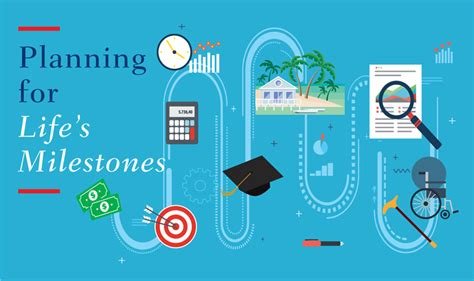
- Normative age-graded influences: normative= in accord with statistical norms So these experiences caused by the 4 forces above, according to when the culture usually expects the aging person to undergo them.
- Biological eg: menopause, bad eyesight etc
- psychological eg: adjusting to retirement
- sociocultural eg: marriage
The normative expectations of when all these things can occur has become broader over time.

Normative history-graded influences: This is a very fancy way of saying the effect of historical events that we expect to happen to everyone in your age group or social cohort.
- Biological: Covid 19 pandemic – 15% mortality age 80 and above
- Psychological: loneliness due to lockdown
- sociocultural: lockdown

Non-normative influences: random influences that affect people outside of a social context, as individuals, outside the norms of what statisticians expect to happen to someone in your age group.
- biological: getting struck by lightning
- psychological: winning the lottery
- sociocultural: accidentally becoming a famous meme
Recurring questions about development
- Nature vs nurture:
- Nature: genetics & biology
- Nurture: environment and experience
These two interact and are very difficult to tease apart when studying humanity.
- Stability vs Change:
- Do people change or stay the same over time?
- We all have a bit of both in varying degrees.
- Continuity vs Discontinuity
- Is change gradual or abrupt?
- Quantitative vs Qualitative
- quantitative is about changes in degree (quantity) So it is associated with continuity. Walking more slowly
- Qualitative is about changes in category – associated with discontinuity. Ending up in a wheelchair, and having to make many new adaptations to that.
- Activity vs Passivity
- Like all of these it is a mixture of varying levels of both (multidimensional), interactive and also a spectrum between the two (multidirectional)
- Universal vs context specific
- Mechanistic vs organismic vs interactionist
- Mechanistic: From biological and environmental forces acting on the person. The Person is passive. Development is continuous and quantitative.
- Organismic: People develop according to personally created patterns (internally generated). They move from qualitative stage to new qualitative stage. Stages are universal. People do have some personal agency.
- Interactionist: Both genetics & environment and context interact in complex ways. People actively participate through reciprocal relations with the environment. Development is multidirectional and multidimensional.
Key vocab and concepts in chapters 1 & 2
4 Domains of Development
biological, psychological and socio-cultural
- Physical development: all the biological systems and structures of the body
- Cognitive development: changes in mental functioning
- Personality development: psychological factors
- Social development: sociocultural factors
Research in Adult Development
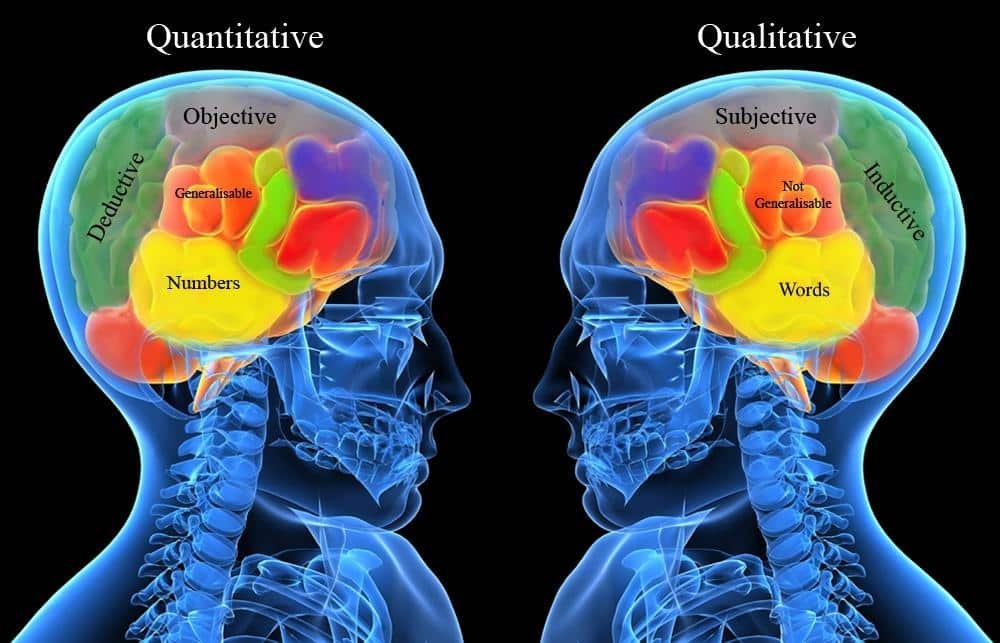
Once the researcher has a research topic and a research question or hypothesis, the next step is to decide on the research method.
A hypothesis is a tentative assumption that needs to be investigated through research (proved/disproved).
Research methods
- Systematic observation of behavior
- naturalistic observation: observing people ‘in the wild’ in their normal environments, such as in a mall.
- structured observation: In a setting set up to investigate particular behaviour eg: in a laboratory
- Self-reports
- interviews
- questionaires
- Psychological Tests
- standardized = reliable, valid & has norms
- reliable – results consistent over time
- valid – measures what it is supposed to measure
- norm – statistical number that enables you to compare an individual with a group eg: an average
- standardized = reliable, valid & has norms
Psychological tests are often highly problematic when applied across cultures and languages – they are often only really valid when assessed within a particular culture.
General research designs

- Experimental research: The researcher can control the variables that change the behavior being researched. An experimental and a control group are used. The experimental group is exposed to the variable and the control group is not.
- The independent variable causes change to other variables.
- The dependent variable changes because of /depending on other variables.
2 problems with experimental research:
Experimental research is limited by ethics, and does not always apply so easily in real life.
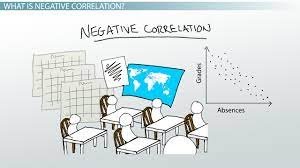
- Correlation research: by looking at statistics, you can see if there is a correlation between two variables eg: single mothers and increased inner city crime rates. Correlation cannot indicated causality on it’s own -there has to be some other supporting evidence, but it can be very useful for understanding patterns of social behavior.

- Case study: An in depth study of a single person, family, event or situation
- Often using interviews,
- psychological tests
- observations
- diaries
Case studies are easily distorted by researcher and /or experiencer bias, may lack hard evidence, and may not be easily generalized.

- Meta-analysis: analyzing the results of multiple studies using statistics to look at a single variable.
- Can consolidate knowledge from multiple researchers, giving a bird’s eye view
- Problem if the variable is defined/measured differently by different researchers.
- Data may also have been gathered differently by different researchers
3 Research designs for studying adult development
(longitudinal, cross-sectional & sequential)
Developmental psychologists want to understand:
- determinants (causes) of development
- changes that happen as people age and develop
But figuring out what is actually going on, how, and why is complicated because people are complicated (biological, psychological, sociocultural influences). So researcher have to design their research carefully.
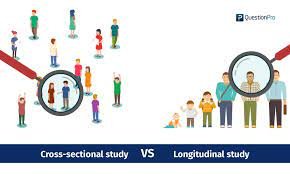


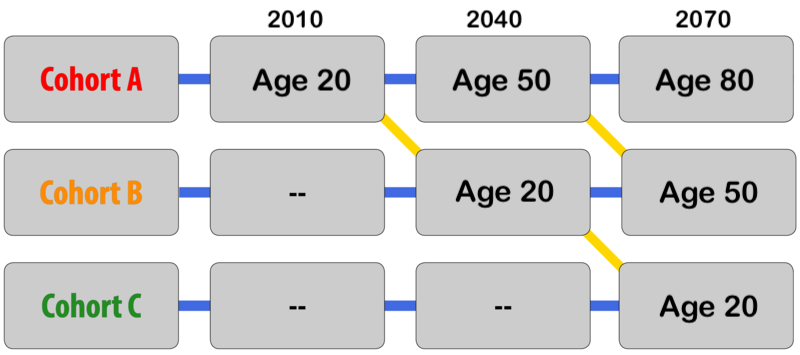
- Longitudinal design: Studying a group of people for a long time
- Great for looking at issues of continuity vs discontinuity
- Expensive and a lot of work to follow up on people
- People change their answers to please the researcher, and get better at this over time.
- The research sample changes over time – and this may not be random – eg people who feel below average may drop out more than people who are acing the tests given.
- Just knowing they are being studied may cause people to change their behavior. (This is named the Hawthorne effect).
- Cross-sectional design: Study people at all different stages of aging all at once.
- saves time and money because all done at once.
- the people don’t have time to start responding to the research by changing behavior, giving the ‘correct’ answers to please the researchers, or dropping out because they feel like they are not being shown in a good light
- doesn’t show how individuals change over time
- doesn’t show continuity/discontinuity
- Comparing different people with one another – so how do we know that the differences are because of age at all???
- This is the cohort effect.
https://dictionary.cambridge.org/us/dictionary/english/cohort

What Is a Cohort?
“A cohort is a collection of people who share an experience or characteristic over time and is often applied as a method of defining a population for the purposes of research. Examples of cohorts commonly used in sociological research include birth cohorts (a group of people born during the same period of time, like a generation) and educational cohorts (a group of people who begin schooling or an educational program at the same time, like this year’s freshman class of college students). Cohorts can also be composed of people who shared the same experience, like being incarcerated over the same period of time, experiencing a natural or man-made disaster, or women who have terminated pregnancies during a particular time period.” Source: Thought.co – Emphases added.

3. Sequential design: Uses both cross sectional and longitudinal designs at the same time.
Cross-cultural research
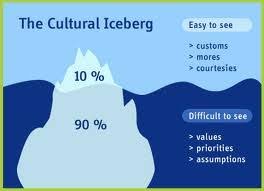
Cross-cultural research is rooted in basic psychological methodology – it is not different.
One of the goals of cross-cultural research is to discover principles that are universal to all cultures
And to focus on both similarities and differences.
Apartheid SA focused on differences.
It takes time, effort and insight to understand other cultures. Especially if there are language barriers. Standard psychological tests may only be suitable for westerners.
Research ethics
Researchers have to abide by ethical guidelines created by professional bodies, and get approval from the ethics committee before starting.
- non-harmful procedures
- informed consent
- Deception explained after experiment
- confidentiality
- Informing participants of meaning and general findings
PYC2603 Chapter 2: Physical development and sexuality
Biological aspects:
For example, the senses, the central nervous system (especially the brain), and the endocrine glands.
We peak physically between the ages of 20 and 30, declining slowly thereafter, which becomes noticeable from about the age of 40 onwards.
Biological theories of aging
Why and how do we age? Is there anything we can do about it?
Why do we age?
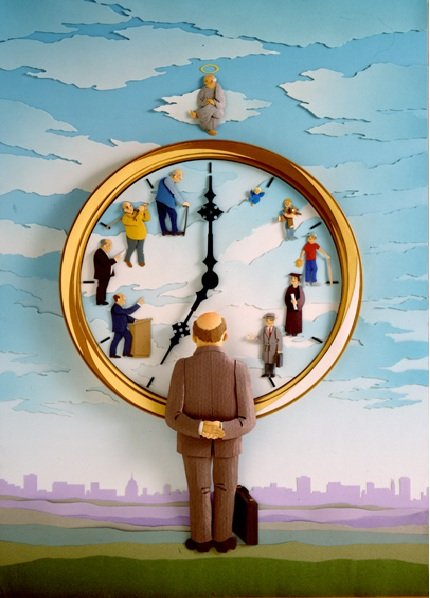
Programmed aging Theories:
- For the good of the species: We grow old and die to prevent overpopulation. And to make space for the young in a world with limited resources.
- Programmed aging may be built into the genetic programming of the cells, causing eventual infertility, hormonal changes , and loss of neurons.

The genetic programming theory:
- Each species has a body clock, so cells age because there is a genetic programme that tells them to do so.
- The cells can only divide a certain number of times. This is managed by telomeres. Telomeres are the ends of the chromosomes. They get shorter over time. Eventually they get so short they cannot divide, because they cannot produce enough telomerase. So the cell cannot reproduce and replace itself.
- Interestingly, cancer cells are immortal. Their telomeres do not work.
- But even if cells continue to divide, they also deteriorate, so telomeres and cell division can’t explain everything about aging.

Random error theories: Wear and tear happens. Free radicals damage cells and interfere with functioning. Proteins degenerate over time, and so do tissues.
- wear and tear: Like old shoes or machines, bodies wear out. Organs and tissues eventually succumb to age and stressors such as radiation and poor diet. eg osteoarthritis
- critics say if this was true, exercise would age us faster. Also, wear and tear may be the result, not the cause of aging.
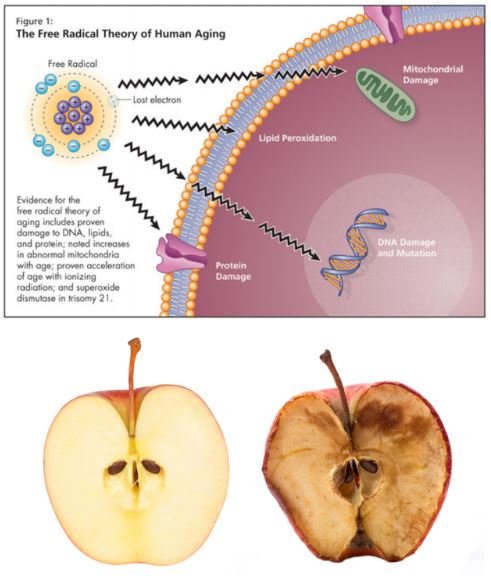
The free radical theory: Atoms with missing electrons are free radicals. They get their electrons from other atoms, causing damage to cell membranes, DNA, and other structures.
Free radicals are associated with: dementia, heart disease, cancer, cataracts, aging spots on the skin.
When free radicals have damages enough cells in an organism, it ages and eventually dies.

The Cross-linking theory: With age, tissues lose elasticity and become harder and tougher. This makes them less functional.
Proteins cross-link, form collagen, and become more rigid. Muscles, arteries and tissues become less effective, metabolic processes are blocked and nutrients cannot be as well absorbed.
We still don’t know enough about this theory, and cannot show whether cross linking is a cause or an effect of aging.
Biological aging is probably the result of many different processes in combination.
too lazy to use the quote…
Some physical changes

brain: start shrinking and losing neurons
- loses blood flow.
- Continues to make new neurons but tends to lose more than it makes.
- neurons and neurotransmitters slow down.
- Older people lose reaction time, vocabulary, learning and memory ability.
- The more you use your brain, the better you retain cognitive ability

The senses: Vision starts getting worse in middle age. The lens becomes less able to focus, so most people become far-sighted and need glasses to read. You cannot adapt to changes between light and dark as easily, which makes driving at night more difficult.
- More glaucoma (increased eye pressure) & cataracts (opaque lens).
- Elderly people lose some peripheral, depth and color vision, as well as light adaptation and increased sensitivity to glare.

Hearing: Over time there is a gradual loss of hearing, especially of the high notes.
- Worst for elderly men
- Associated with increased risk of dementia
- Can be associated with depression, low self esteem and lowered quality of life.

Taste, Smell and Touch: Smell and taste deteriorate. The ability to tolerate extremes of hot and cold goes down.

Muscle strength: peaks between 25 & 30 and then starts declining. Reaction speed goes down too, making it easier for an elderly person to fall. It is quite possible for people to stay strong and fit if they continue to exercise, which has a huge positive impact on quality of life as well.
Stamina goes down too, but can also be maintained to a large extent throughout life.
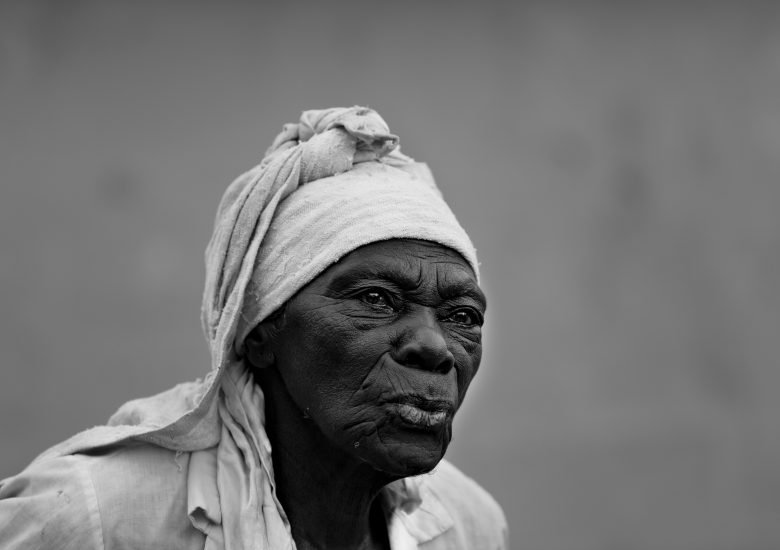
Appearance: Adapting to the many changes in appearance that aging brings – this is very difficult for many people – especially in the age of mass media in which the most beautiful people are still not beautiful enough.
Remember the concept of the ageless self – people still feel young on the inside and then are surprised by their real appearance.

Weight and Height: Men lose about 3cm, and women 5cm on average, by 70 year old. this is partly because of osteoporosis.
People tend to get fatter in middle age and lose weight again later.

Internal organs: The heart atrophies – the aorta loses flexibility, arteries harden and the heart becomes less efficient. Lungs lose elasticity. Immune system loses a lot of its functionality and resilience. The bladder holds less urine.

Illness: Health deteriorates from about the age of 45. Poverty is a major factor in illness and mortality rates.
- HIV/AIDS: High suicide and depression level, financial challenges, social stigma. Disease of younger people.
- Ischemic heart disease: lack of blood, oxygen to nourish heart
- Stroke: blood flow to the brain obstructed
- Hypertension: high blood pressure
- Cancer, TB, Diabetes
Question 05
During menopause an imbalance in the hormonal system is caused by the secretion of exceptionally large quantities of…. and… .
- (1) estrogen; progesterone
- (2) androsterone; estrogen
- (3) testosterone; androsterone
- (4) follicle-stimulating hormone; luteinising hormone
Question 06
Certain symptoms that resemble the female climacteric have been found in men. This phenomenon is referred to as the male….
- (1)andropause
- (2) climacteric
- (3) perimenopause
- (4) menopause
Question 07
Which of the following statements regarding sexuality in late adulthood are false?
- (a) Older people have the physiological need and capacity to have sex.
- (b) Geropsychological factors are related to decline in sexual activity in later years.
- (c) Cultural biases stereotype older women as asexual when they are no longer able to reproduce.
- (d) Adults who were more sexually active during their younger years tend to be more active during their later years as well.
The correct answer is:
- (a) (a) & (d)
- (b) (b) & (c)
- (c) (a), (c) & (d)
- (d) All of the above
Question 08
Which of the following findings regarding the sexual practices of South African university students are true?
- (a) Female students tended to have more sexual partners than men.
- (b) A lack of condom use was evident among some students, although the majority believed that contraceptives should be used.
- (c) The students were generally concerned about contracting HIV/AIDS.
- (d) Most men and many women had concurrent sexual relationships outside their steady relationships.
- (e) Many did not approve of premarital sex, but indicated it was too difficult to abstain until marriage, while the majority believed that sex between people in love is acceptable.
The correct answer is:
- (1) All of the above
- (2) (a), (b) & (c)
- (3) (c), (d) & (e)
Climacteric & Menopause
Climacteric = Perimenopause
- middle age women
- ovulation stops
- hormonal changes
- menstrual patterns change
- sexual response changes
Menopause
- End of menstruation and fertility in women
- Estrogen and progesterone go down
- Follicule-stimulating and luteinising hormones go up
- This can cause the symptoms of
- hot flushes and sweating
- lower libido
- anxiety, emotional instability (lability), depression, insomnia, irritability
- Different cultural interpretations and therefore experiences
Male Menopause

- Correct phrase is Male Andropause
- men are fertile until death, but have lower testosterone
- insomnia, anxiety, lower libido (sexual desire),irritability, memory problems
- mid-life crisis due to life changes is often correlated with this change
Sexuality
- Adolescents experience puberty, but are still too egocentric and uncertain of their identities to form a love relationship.
- Young adults are able to have a mature adult sexual relationship – ie: emotional intimacy, caring and respect.
- It’s hard to research because
- many people are not willing to share information. So more sexually open people get over-represented.
- People also are not always honest, even when they do participate in research.
- Sexual behavior is strongly influenced by different cultural and social norms
- Statistical research obscures non-average sexual behavior.
International research
- Kinsey report:
- 1948/1952
- but out of date, faulty methodology
- opened the door to research into forbidden area
- University of Chicago study
- 1994
- representative sample of USA individuals
- Can divide participants into 3 groups of sexual activity:
- 1/3 have sex at least 2x per week
- 1/3 have sex a few times per month
- 1/3 have sex a few times per year or not at all
- Married people have the most sex & the most orgasms
- Adultery is less common than was thought:
- 75% faithful men
- 85% faithful women
- 95% prefer vaginal sex to other activities
- 54% of men think about sex at least 1x /day
- 76% of women think about sex only a few times /week or month
South African Research
You can’t generalize – we need proper South African data to know what is going on. Sexual behavior is not universal.
- The Pfizer Global Study:
- 2002, 29 countries, 27 000 participants, 999 South Africans
- Ages 40 to 80
- 30% English
- 30% Afrikaans
- 20% Zulu
- Sex more important than in global average, with more sexual difficulties.
- The Ipsos Markinor Study
- 2002 to 2007
- Looked at how HIV/AIDS had changed SA sexual attitudes & behavior
- Findings:
- People didn’t change their behavior despite major government campaigns
- In fact, risky behavior increased over time instead.
- The Health24 Study
- Research on university students:
- Pelzer HSRC in Pretoria at rural historically black university
- Men had 1st experience a year earlier than women (16 & 17yrs old
- Significant percentage felt pressurized to have sex (30% of women, 25% of men
- Men had 10 and women had 3.5 partners
- Many had concurrent sexual relationships outside of their main partnership.
- Only 50% of men used a condom
- Most students were not worried about getting HIV.
- UWC 2005 Research on 153 Black, Coloured and Indian students.
- More than half disapproved of pre-marital sex
- Just over half had had sex
- Peer pressure to have sex affected about 20% of students
- Most felt that condoms should be used
- There were more women than men, which may have skewed the results.
- Nicholas at University of Fort Hare 1995 Research into the effect of Religiosity on student sexual attitudes and behavior. – 2000 students
- more fantasies less sex
- more disapproving of sexual activities
Sexual behavior patterns in adulthood
- people are more permissive and have more unmarried sex than in the past decades.esp women
- Older people may be less sexually active, but more intimate
- Late adulthood old people still have a sex drive. Sometimes more problematic and less frequent, but this does vary from person to person.
Hysterectomies
Removal of the uterus, and sometimes the ovaries.
Removal of the ovaries means that women need hormonal replacement.
Sexual orientation
- Myths about homosexuality:
- Only humans are homosexual – untrue – across 1500 species
- Its easy to see who is homosexual – untrue
- Sexual orientation is a spectrum but usually divided into heterosexual, homosexual, and bisexual.
- Multi-factoral – nature and nurture
- Not a mental disorder
- conversion therapy does not seem to be safe or effective
- sexual orientation is best viewed as a human right when working with clients

